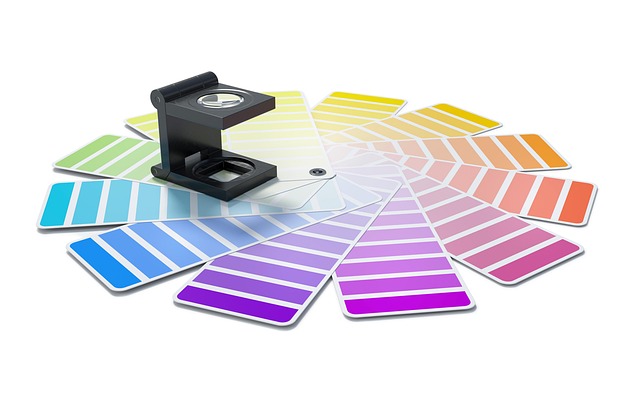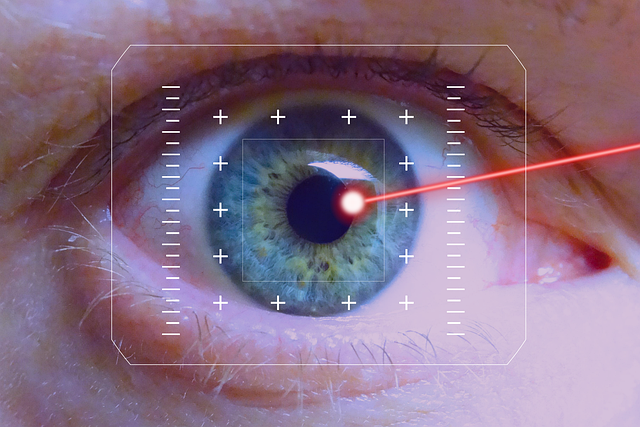Understanding Color Theory in Photography
Color theory plays a crucial role in photography, impacting not just the way we see the world, but also how we communicate emotions and tell stories through our images. As photographers, harnessing the power of color can elevate our work, transforming ordinary scenes into captivating visual experiences. Let’s explore the fundamental aspects of color theory that every photographer should master.
The Basics of Color Theory
At its core, color theory involves understanding how different colors interact with one another and the emotions they evoke. Colors can be broadly categorized into primary, secondary, and tertiary hues. The primary colors (red, blue, and yellow) serve as the building blocks for creating all other colors. By mixing these colors, photographers can create striking compositions that draw the viewer’s eye.
Color Harmony
One of the key concepts in color theory is color harmony, which refers to the pleasing arrangement of colors in a composition. Achieving harmony involves understanding complementary colors, analogous colors, and triadic colors.
- Complementary colors are opposite each other on the color wheel, such as blue and orange. Their stark contrast can create dynamic tension and highlight focal points.
- Analogous colors are neighboring colors on the wheel, like yellow, yellow-green, and green, and can create serene and harmonious images.
- Triadic colors involve using three evenly spaced colors on the color wheel, resulting in a vibrant and balanced composition.
Emotional Impact of Colors
Colors evoke emotions and can set the mood of a photograph. For instance, warm colors like reds and oranges can convey feelings of warmth and excitement, while cooler colors like blues and greens often instill calmness and tranquility. As a photographer, your understanding of these emotional associations will enable you to craft images that resonate deeply with your audience.
Color and Composition
Integrating color theory into your photographic composition requires intentionality. When framing a shot, consider the overall color palette: What story are you telling? Are you looking to create contrast or harmony? By consciously selecting your colors, you can guide the viewer’s eye through the image and emphasize your subject matter.
Post-Processing and Color Grading
In today’s digital age, color theory extends into post-processing where tools like Lightroom and Photoshop allow photographers to manipulate color for desired effects. Color grading can enhance the narrative of your photographs, making them feel more cohesive and stylish. Experimenting with different color grades can evoke particular feelings and atmosphere, further aligning your images with the message you wish to convey.
Experimentation and Exploration
The beauty of color theory in photography lies in its fluidity. Every photographer has a unique perspective, and exploring different color combinations can lead to unexpected and inspiring results. Don’t be afraid to experiment with lighting, composition, and settings to see how different colors interact in your work. This journey of exploration not only hones your skills but also enriches your artistic expression.




